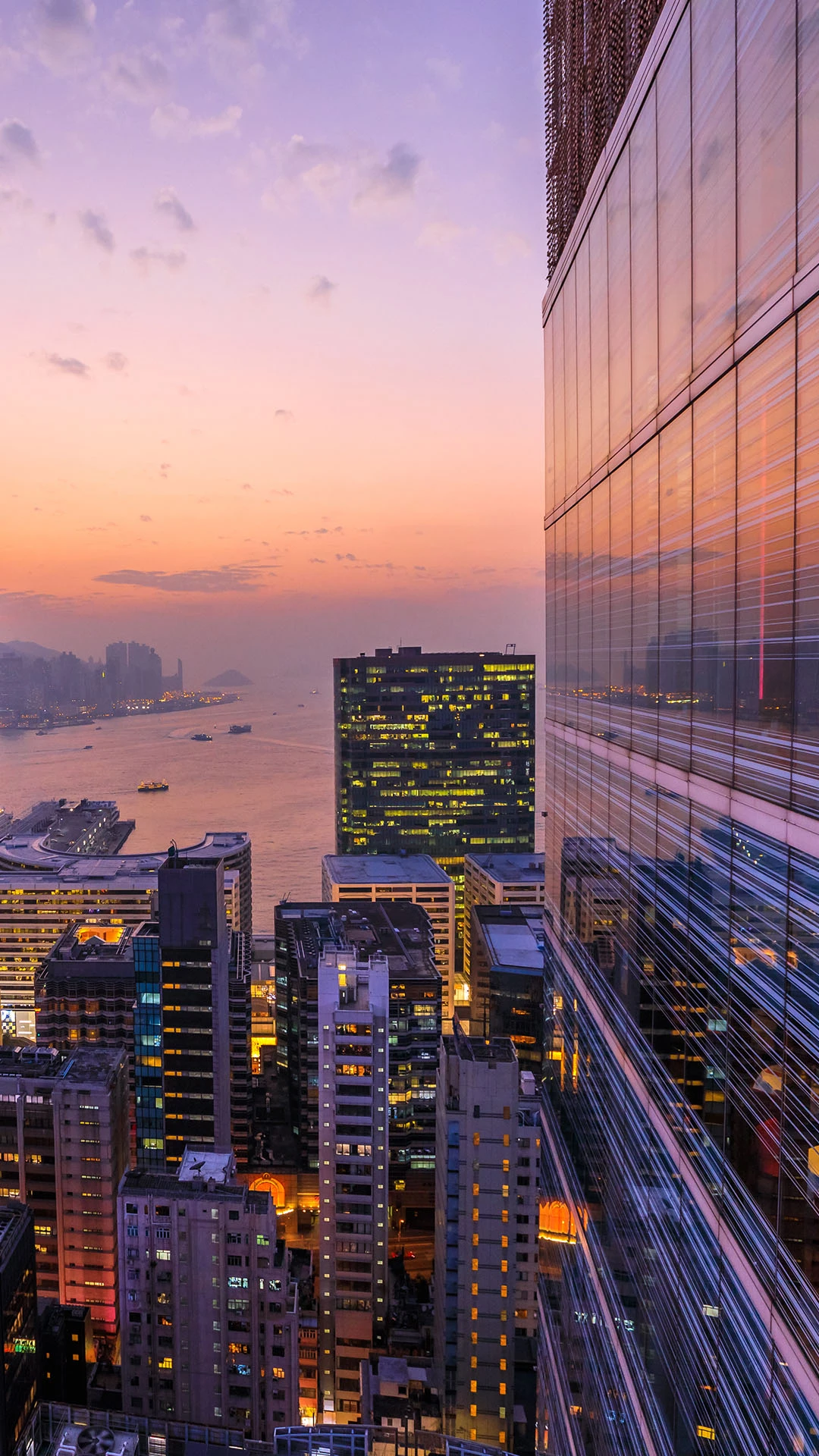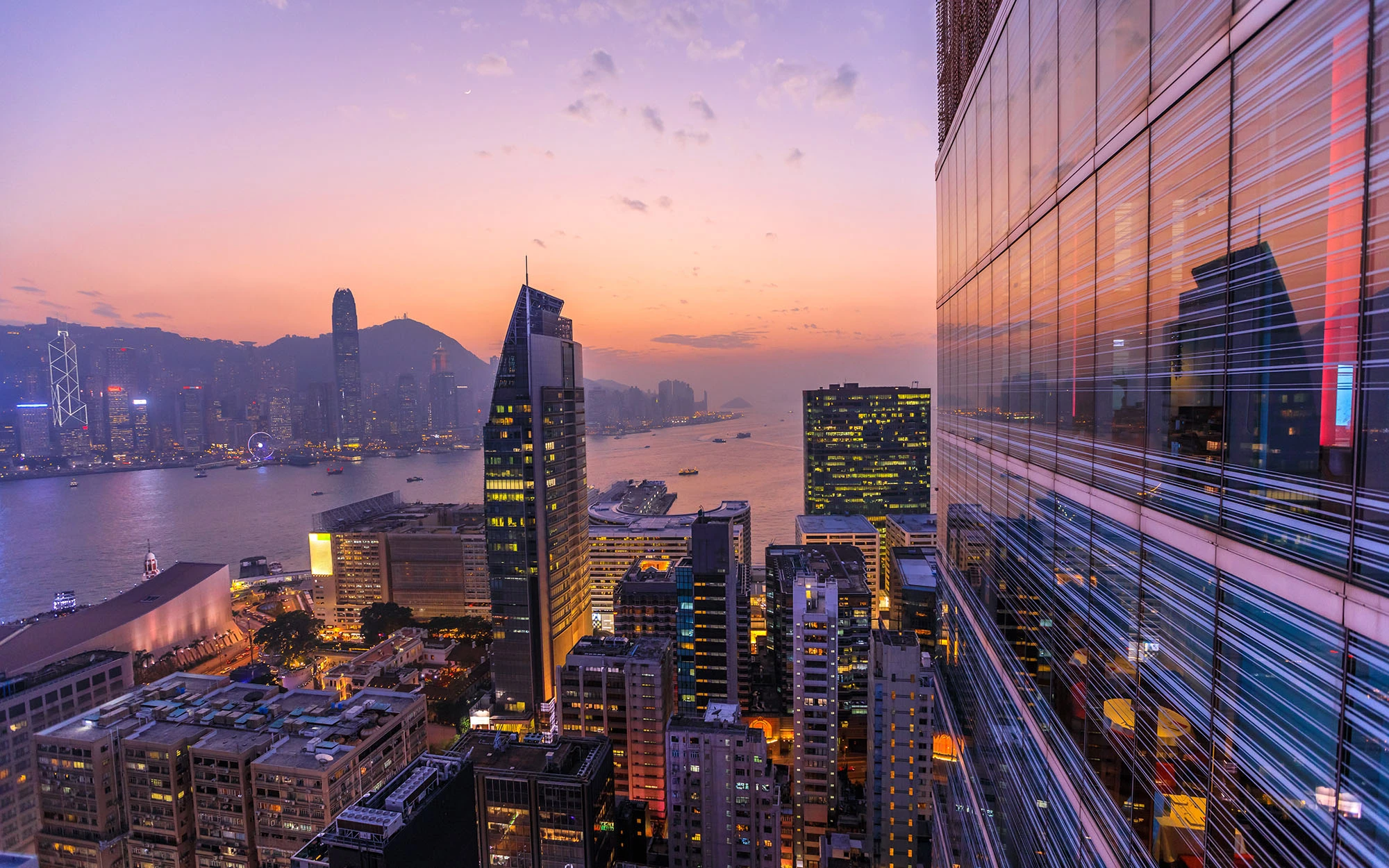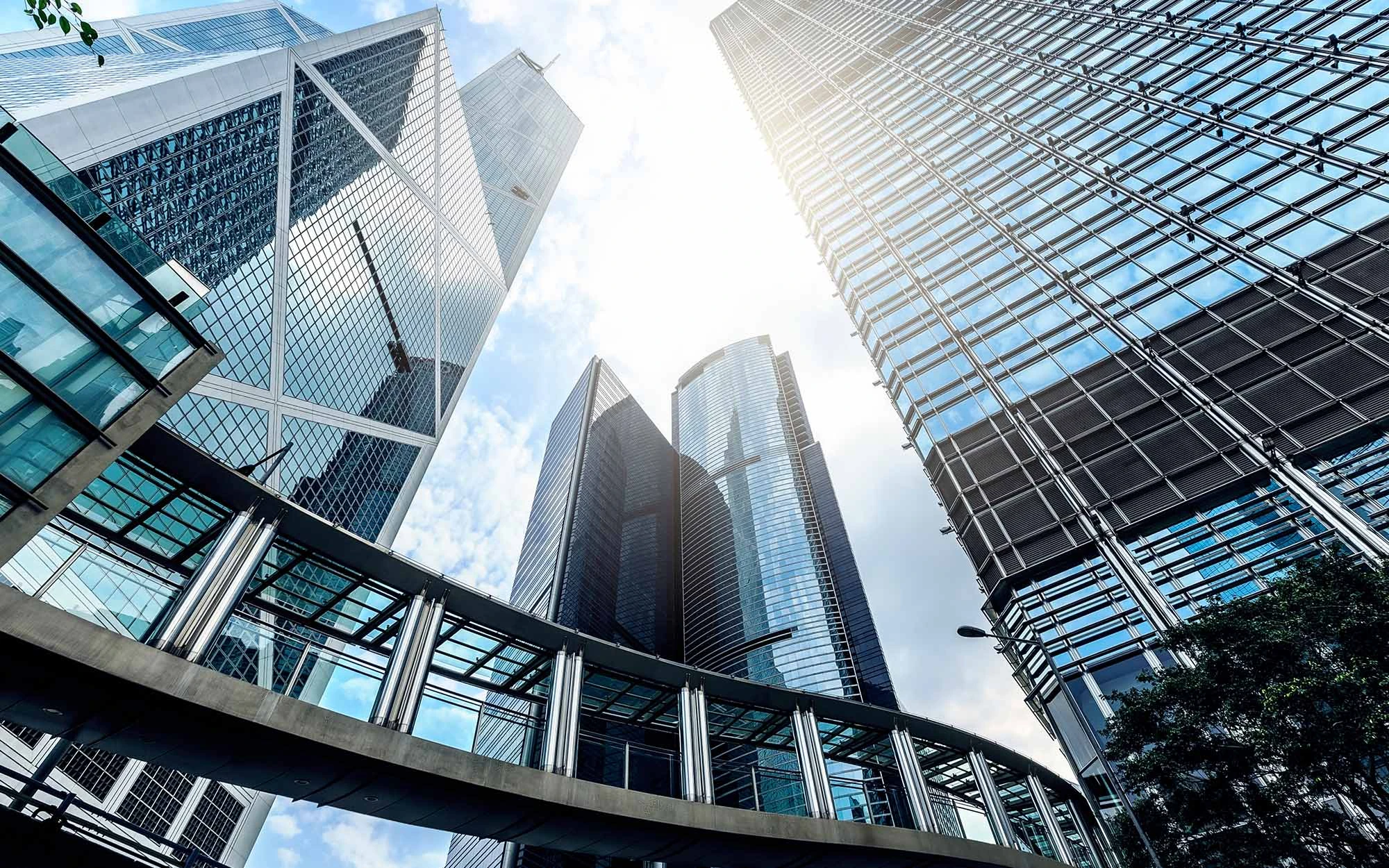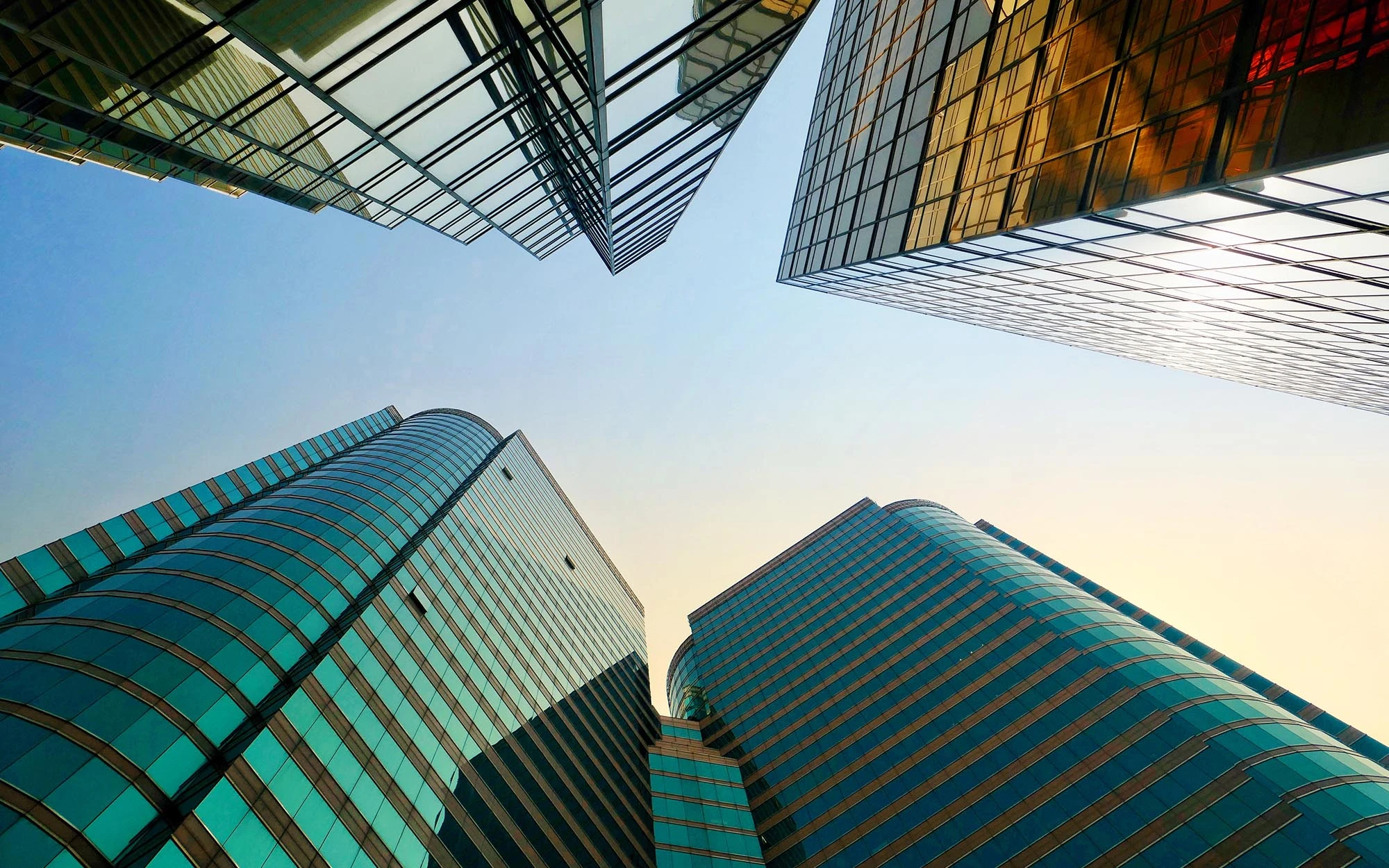
Hong Kong’s buildings account for 90% of all electricity used in the city, that's 60% of the city’s carbon emissions.
If you haven’t spent any time in a Hong Kong office, let me paint the picture of a city where, in the summer months, temperatures can reach the mid-30s for weeks on end with humidity at 90% and higher.
Given this, first-timers are often perplexed by the sight of people at their desks wrapped up in jumpers or huddled beneath blankets because of the a/c-induced, bone-aching cold. It is not uncommon to see people wearing fingerless mitts simply to make it through the working day.
The incessant use of air conditioning, alongside a myriad of other energy uses including lighting which seems to be perennial, lies behind the fact that Hong Kong’s buildings account for 90% of all electricity used in the city. More pertinently, electricity accounts for 60% of the city’s carbon emissions.
Steps are being taken to reduce electricity use, particularly through the installation of renewable energy technology. However, if the city is to get anywhere near its net zero commitments, the status quo is unsustainable and ways must be found to reduce baseline energy consumption. This can only happen with a radical rethink rather than just the sticking plaster of roof solar panels. This will need a mind shift for everyone involved in construction – legislators, developers, designers and tenants alike.
A starting point would be for our buildings to have a much more considered relationship with the climate in Hong Kong: facades that block the heat more effectively; only allow light in when and where it is useful in the summer; and critically, make use of the cool air of the winter and shoulder months to allow a more passive moderation of the internal environment. This would significantly help reduce the energy load of year-round cooling.
The additional costs of climate-conscious facades (either in terms of capital or Gross Floor Area (GFA)) can be balanced by reduced operational costs over the building’s life. However, they would be further incentivised with an expansion of the Sustainable Building Design Guidelines (that currently only allow GFA concessions for a limited number of sustainable strategies) and by reducing the current legislative pressure on the façade zone.
Hong Kong’s facades not only have to withstand the severe winds wrought by typhoons but to do so within a prescribed, limited space to avoid incurring GFA.
How the strength of glass panels is assessed is also unusually onerous which means our facades are very carbon-intensive to manufacture and miss out many of the passive shading strategies seen elsewhere in the world.
Developers need to play their part. Many are already leading the charge by measuring and better understanding their existing real estate and imposing more onerous requirements than current regulations for the design of new developments. However, their hands are tied when it comes to how GFA is calculated and this puts unbearable budgetary pressure on a range of strategies that could otherwise be used. Imagine, instead of being curtailed by how floor area is measured in purely quantitative terms, imagine if GFA was assessed qualitatively with a focus on sustainability. This would become an incentive to think differently about a building’s energy in use over its entire lifespan and would drive innovation in a way that is very difficult today.
GFA is not the only consideration for developers wrestling with what a post-COVID office should look like. There is growing demand for good quality outdoor amenity space in commercial offices and when office rents are at their lowest for many years, perhaps it is time to reconsider what tenants truly want and reassess what a commercially viable, appealing and sustainable building should look like. Buildings that engage better with their environment – more outdoor spaces, benefitting from natural ventilation in the cooler months and less air-con – would achieve that. Tenants need to use their considerable sway, particularly in the current market, to drive a more sustainable agenda.
Finally, engineers, architects and landscape architects need to work together in a much more integrated way to reimagine our air-conditioned boxes holistically.
A collaborative approach embracing circularity could minimise waste, maximise efficiency and explore opportunities for 'virtuous cycles' where the waste from one part of the design is used as a source of energy for another.
The next 24-36 months will be critical in shaping Hong Kong’s ability to achieve net zero by 2050. Achieving the goal committed to in the Paris Agreement will require everyone connected with the construction industry to work together to reimagine Hong Kong’s cityscape so it is fit for purpose: for the climate, for workers and for the economy.
This post originally appeared in the South China Morning Times as an opinion article.


